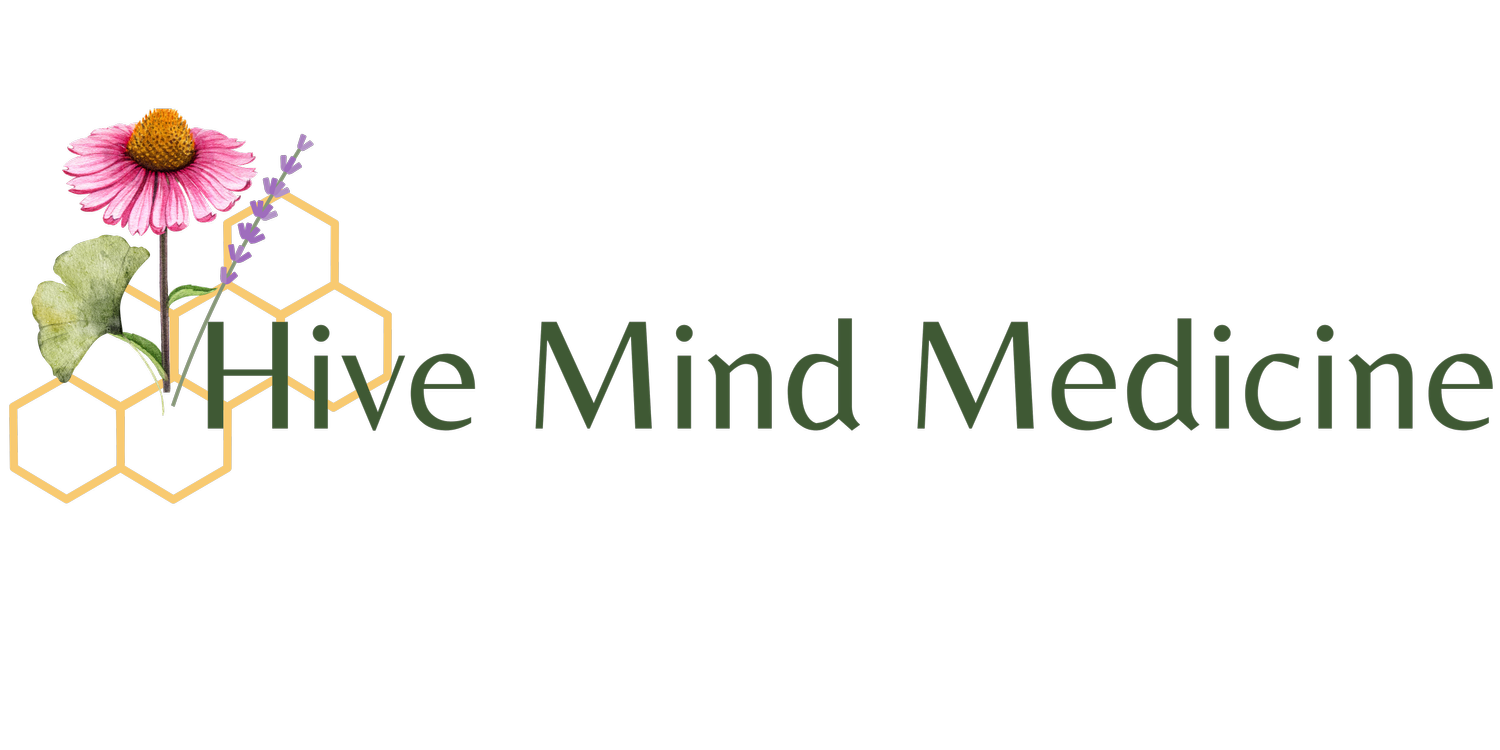How the Lower Esophageal Sphincter and Diaphragm Prevent Reflux
STEVEN SANDBERG-LEWIS
N.D., DHANP
The respiratory diaphragm is a large, thin, dome-shaped muscle demarcating the boundary between the chest (aka thorax) and the abdomen. Above are the heart, lungs, and esophagus; below are the stomach spleen, liver/gall bladder, kidneys/adrenals, and intestines. The esophagus and stomach, being in two different cavities, need a place to link up. This meeting place is the hiatus of the diaphragm.
The esophagus is a tube that measures about ¾ of an inch (2 centimeters) in diameter and is 11-13 inches (28-33 centimeters) long. It carries everything you swallow (saliva, other liquids, food, pills and capsules, bacteria, and other organisms) from the mouth to the stomach. The esophagus is not known to have any role in digesting food, but with its muscles and nerves, by a process called peristalsis, it elegantly moves everything ingested down into the stomach.
The lower esophageal sphincter (LES) is a specialized area of muscle at the very bottom of the esophagus. Surrounded by the respiratory diaphragm (also a muscle), these two muscle layers have the function of preventing stomach contents from flowing upward (refluxing) into the esophagus.
How the LES and diaphragm work together as one strong muscle
The diaphragmatic right and left crura (Latin for “legs”) are a pair of muscle/tendon bands that wrap around the end of the esophagus at the level of LES. The right crus is especially important to help strengthen the lower esophageal sphincter, sort of “hugging” the esophagus where it meets the stomach. In addition, the stomach and the esophagus meet at an acute angle on the left side. This is called the angle of His or the cardiac angle and helps to hold the stomach in position below the left dome of the diaphragm. All of this helps to prevent reflux through the LES.
If you have reflux and are scheduled to have an upper endoscopy exam, ask your gastroenterologist to rate the gastric flap valve using the Hill criteria. This will then be listed on the endoscopy report so that you will know the status of this important group of structures. The Hill criteria rates the flap valve as one through four. A four is equivalent to a hiatal hernia which can separate the diaphragm from LES by 1-3 cm or more. There are natural bodywork and lifestyle treatments for hiatal hernia that can be very effective.
If the LES is lax or “open”, several options may improve the tone.
Phosphatidylcholine (PC), also called lecithin, is a natural substance that can be converted into acetylcholine. Acetylcholine is the most important neurotransmitter in the digestive tract and is needed to control the muscle tone of all the sphincters, including LES. PC, along with a substance called huperzine A (derived from the Chinese herb Huperzia serrata) helps to maximize the activity of acetylcholine. These two supplements are often effective in strengthening the LES.
Another option available at some medical centers is called Stretta. This is a device inserted through an endoscope into the esophagus and advanced to the level of the LES. Once in place, infrared light is used to stimulate improved muscle tone. The treatment is continued for about 45 minutes and can have long-lasting benefits. Stretta is not used if a hiatal hernia greater than 2 cm is present.
The least invasive approach to improve the diaphragm’s support of the LES is diaphragmatic breathing and toning of the diaphragm muscle. Many approaches are available to tone the diaphragm, including biofeedback, alternate nasal breathing as well as professional voice and breath training. These exercises need to be performed daily for several months in order to have their full benefit. For a concise video explanation of this technique, please watch the Alternate Nostril Breathing educational video on the HMM website for guidance.
Steven Sandberg-Lewis, N.D., has been in clinical practice for 43 years with a focus on functional gastroenterology, currently seeing patients both at Hive Mind Medicine and the National University of Natural Medicine where he is a professor. In addition to co-founding Hive Mind Medicine, Dr. Sandberg-Lewis is a prolific lecturer featured in professional seminars, webinars, interviews and podcasts and the author of the textbook Functional Gastroenterology (2nd edition, 2017) and the Townsend Letter column entitled Functional Gastroenterology Bolus.
Hive Mind Medicine blog posts are for educational purposes only and are not intended as medical advice. Please consult with your health care practitioner for personalized guidance. Click on the “Learn More” button below if you would like to schedule with one of our Hive Mind Medicine practitioners.

